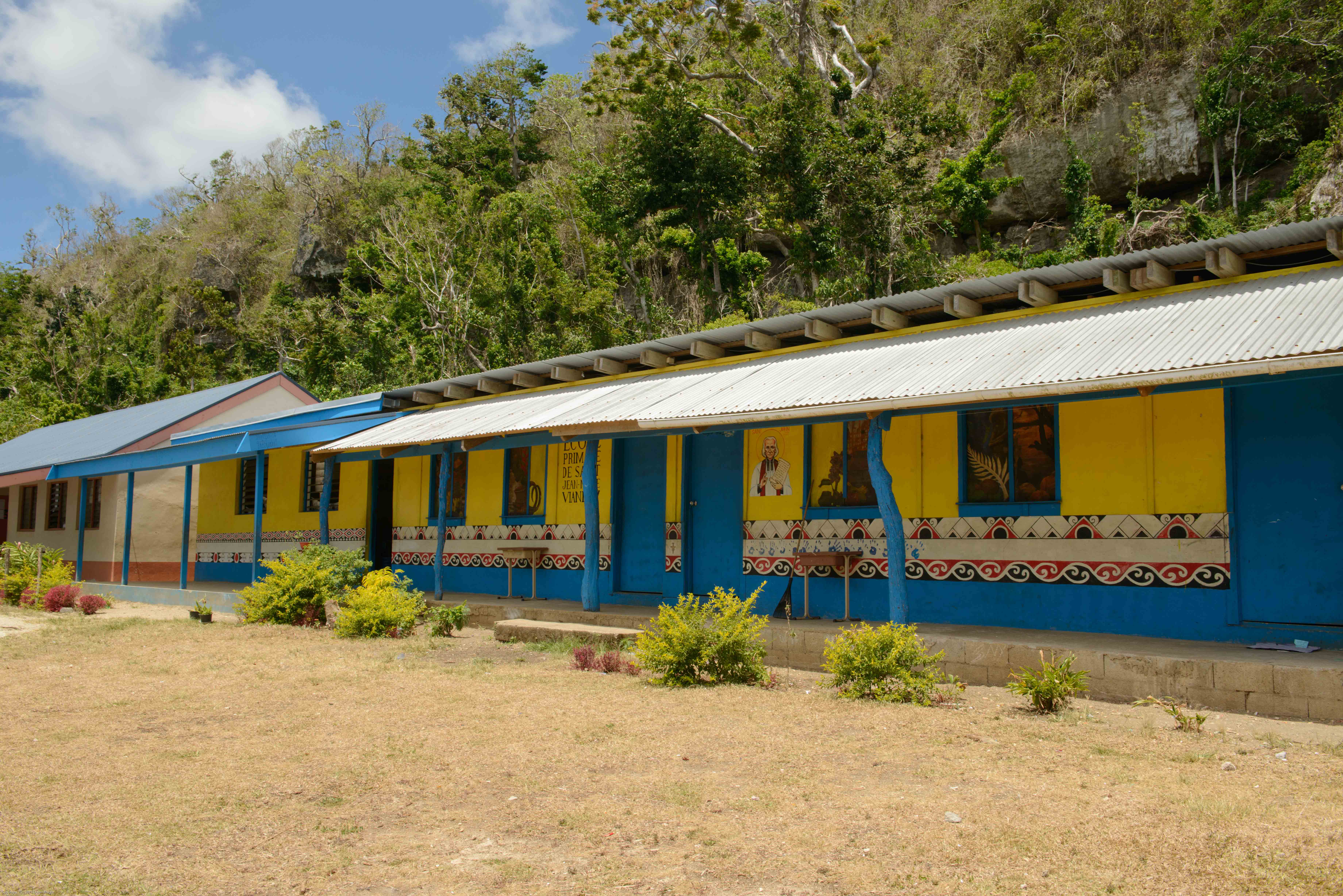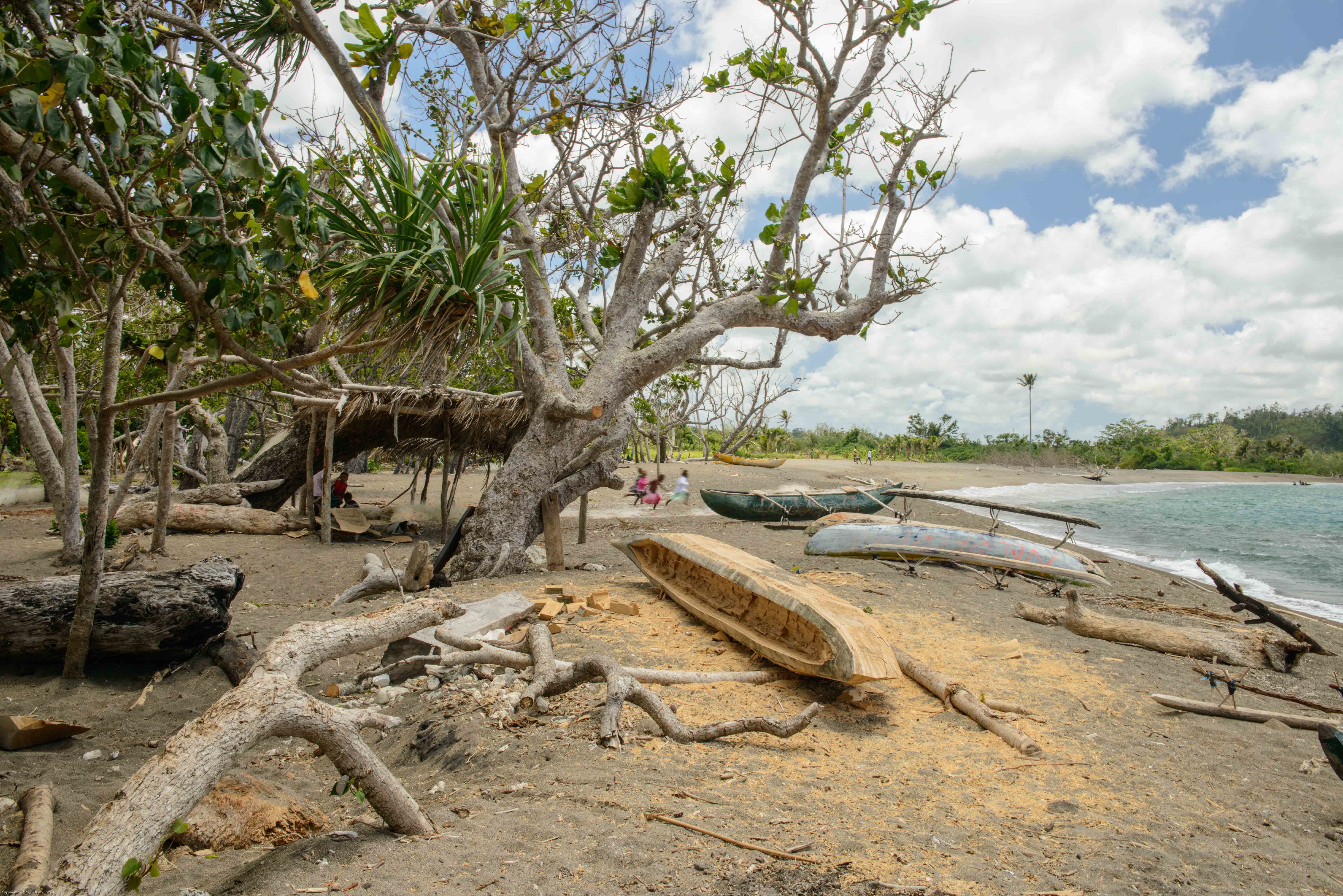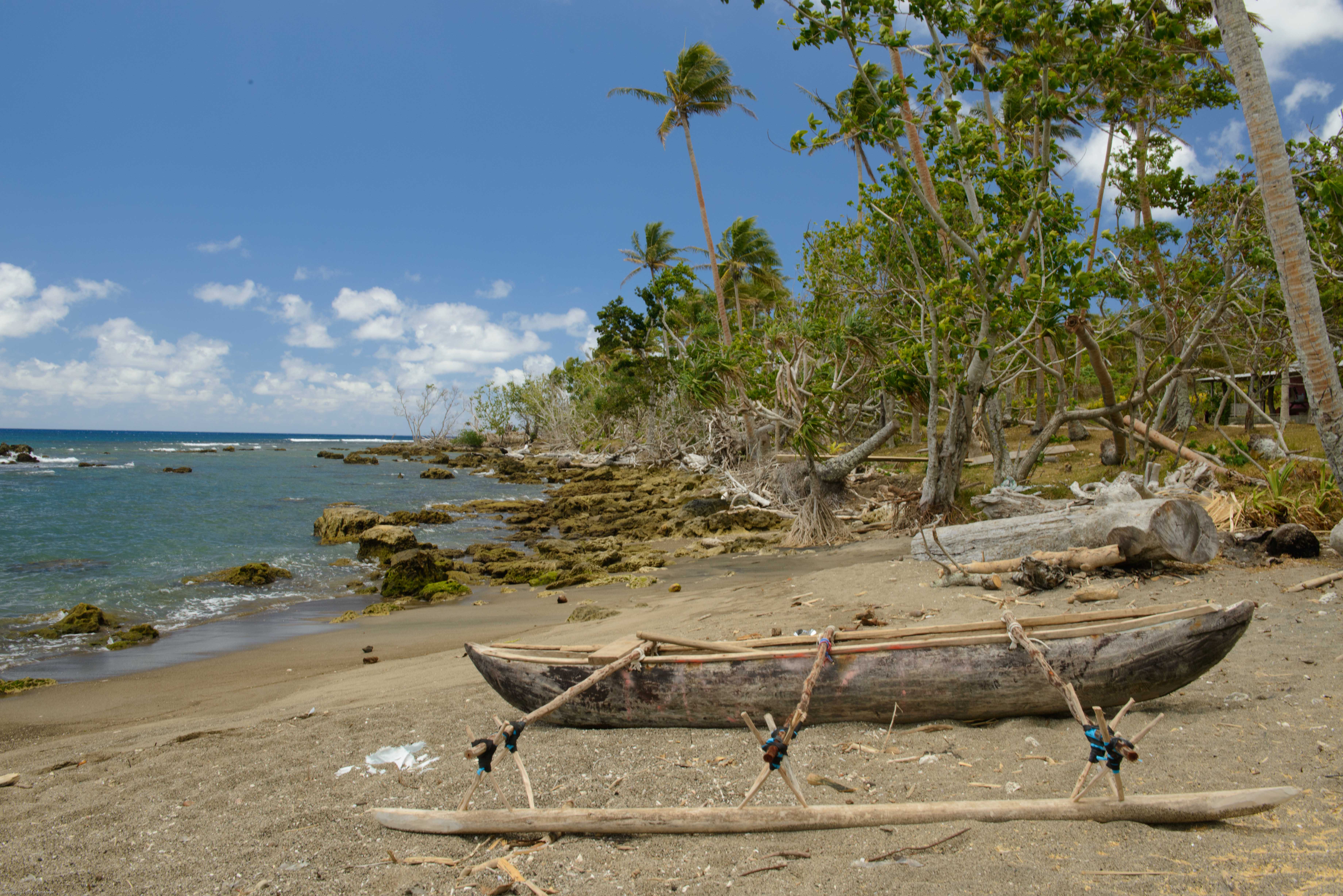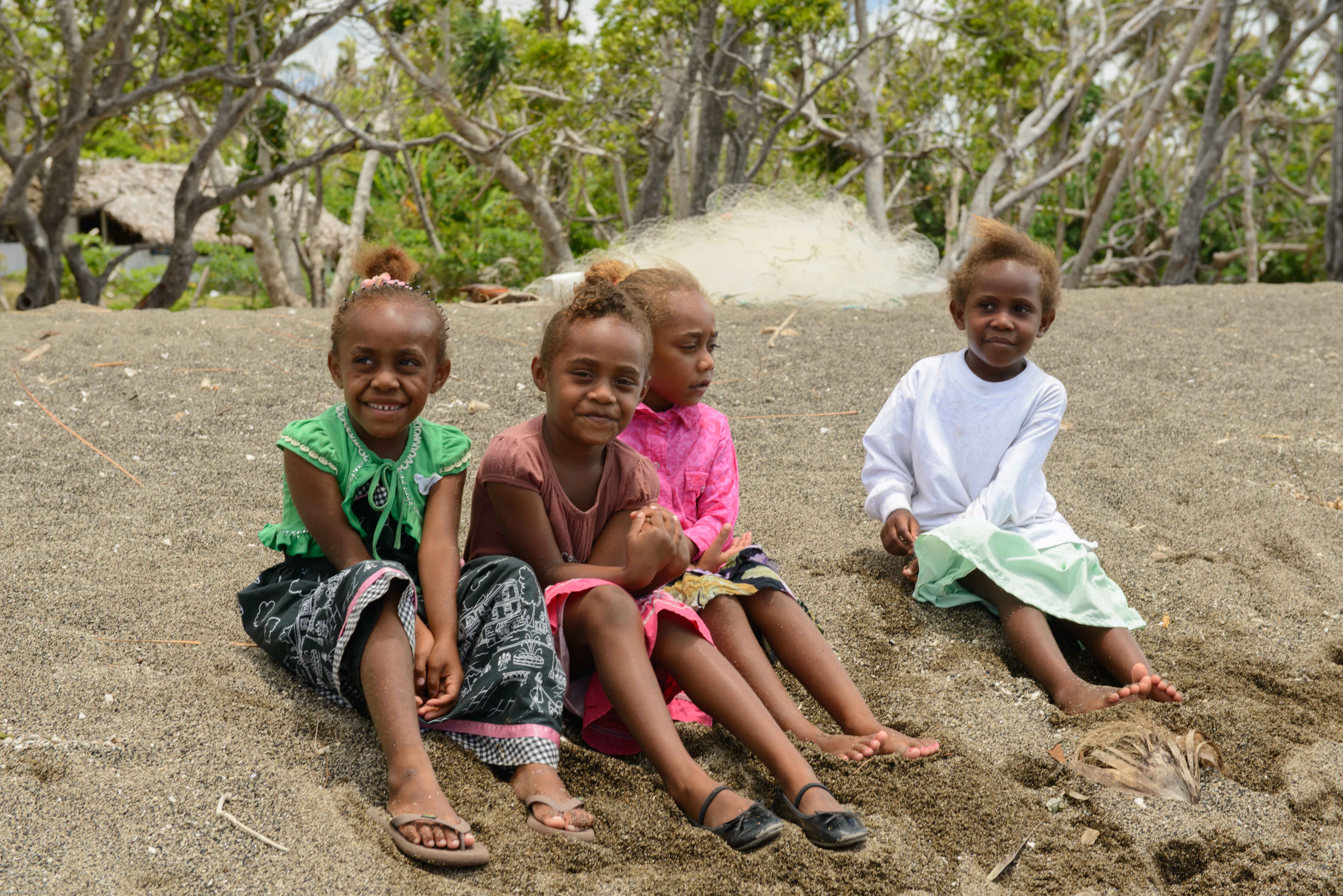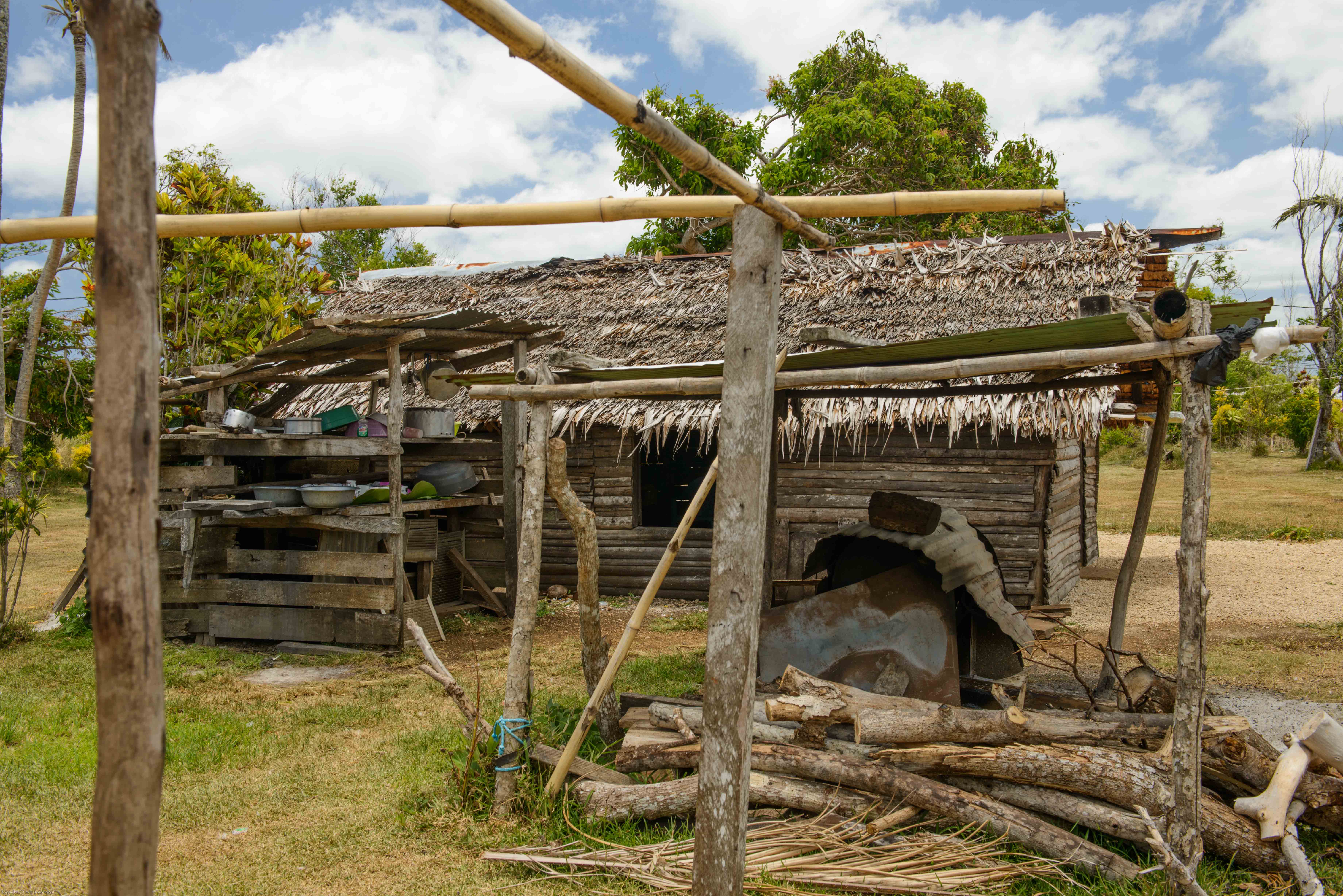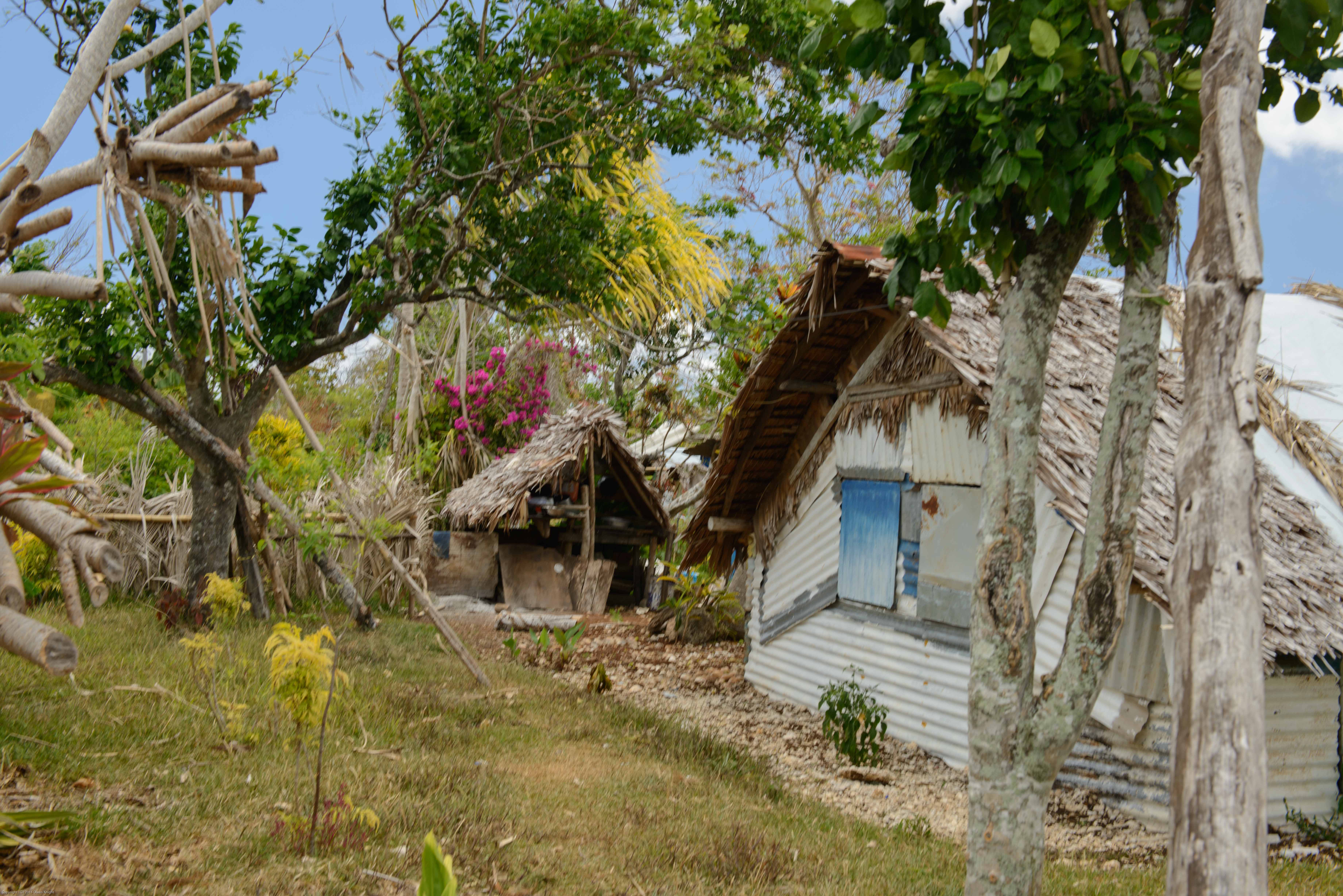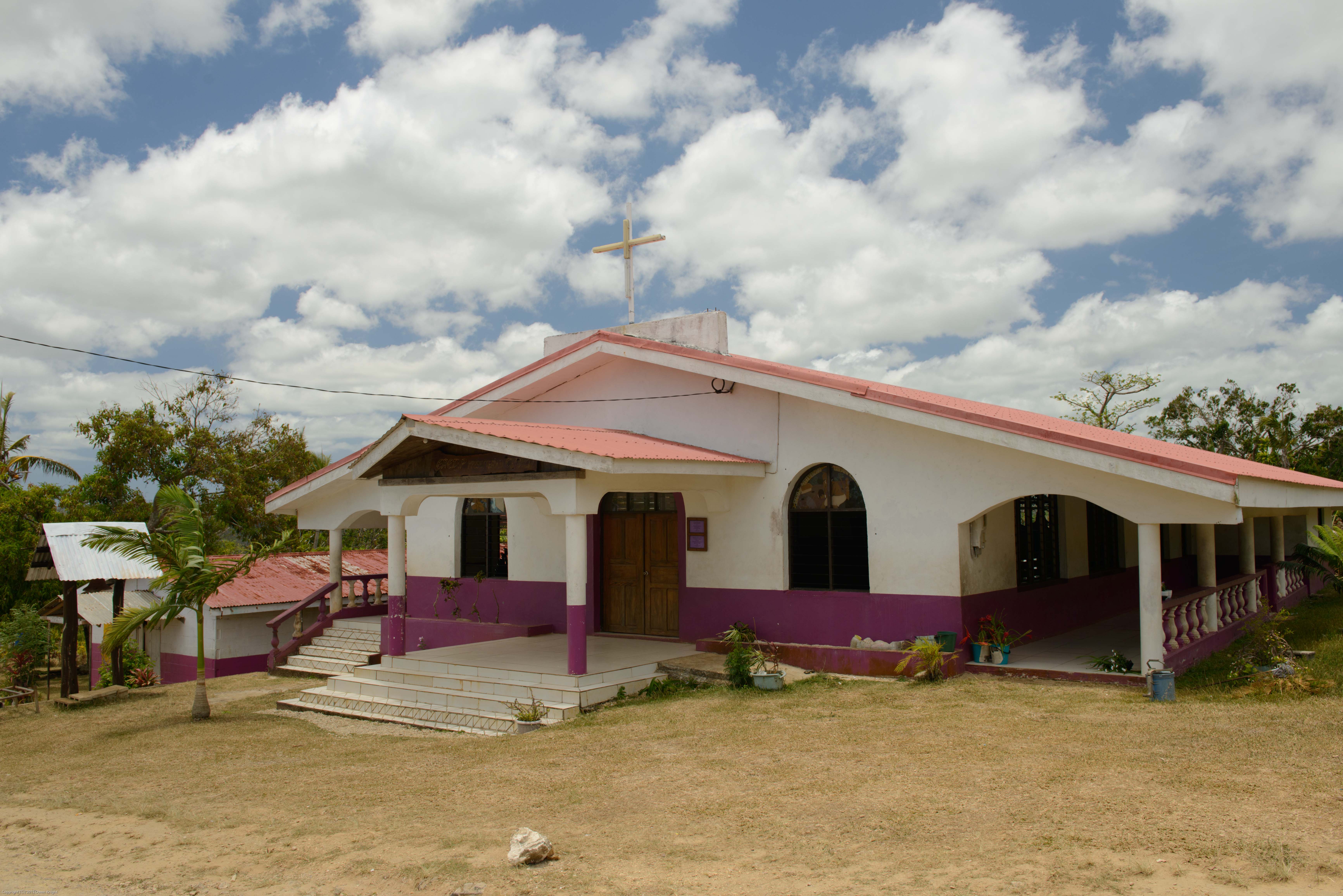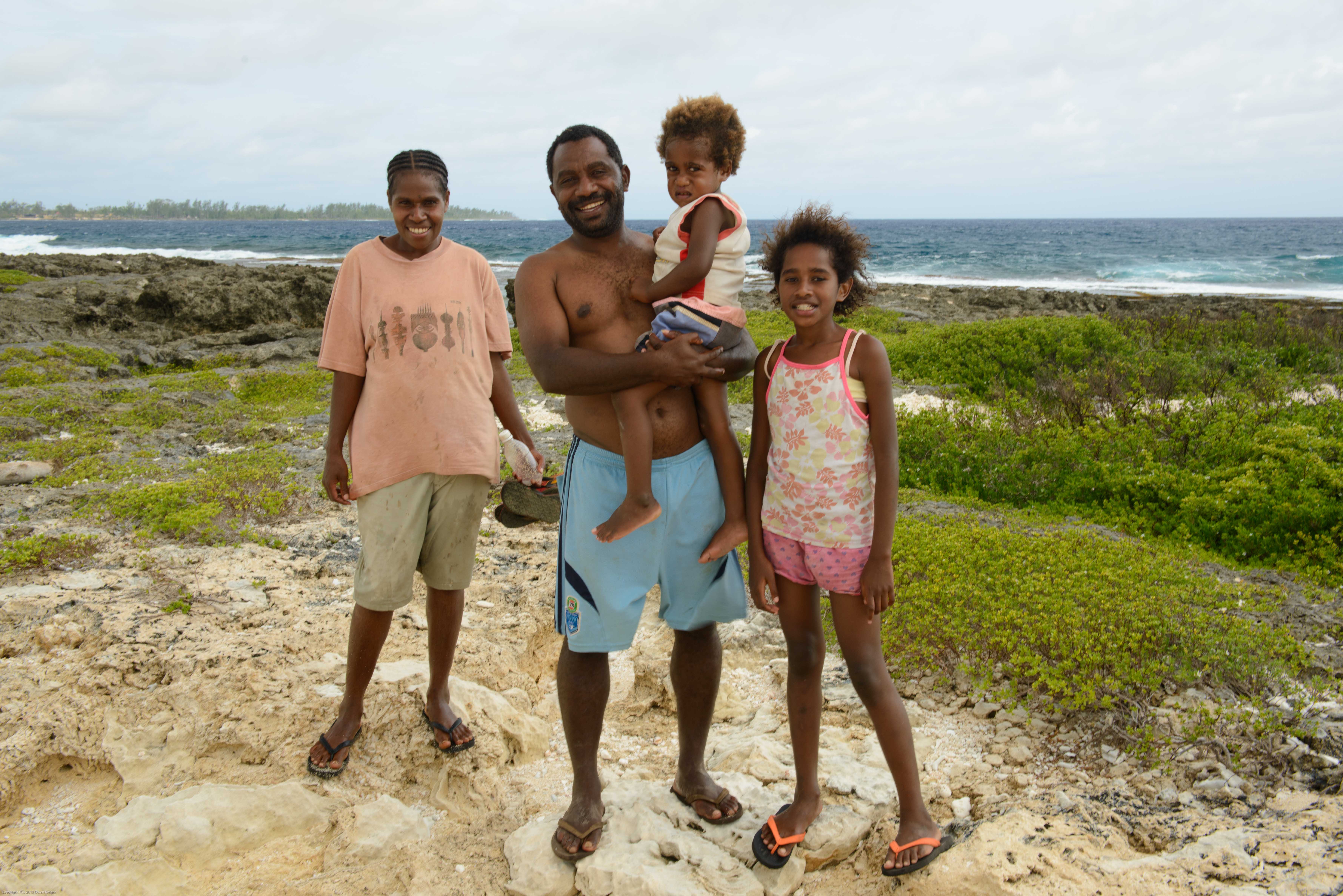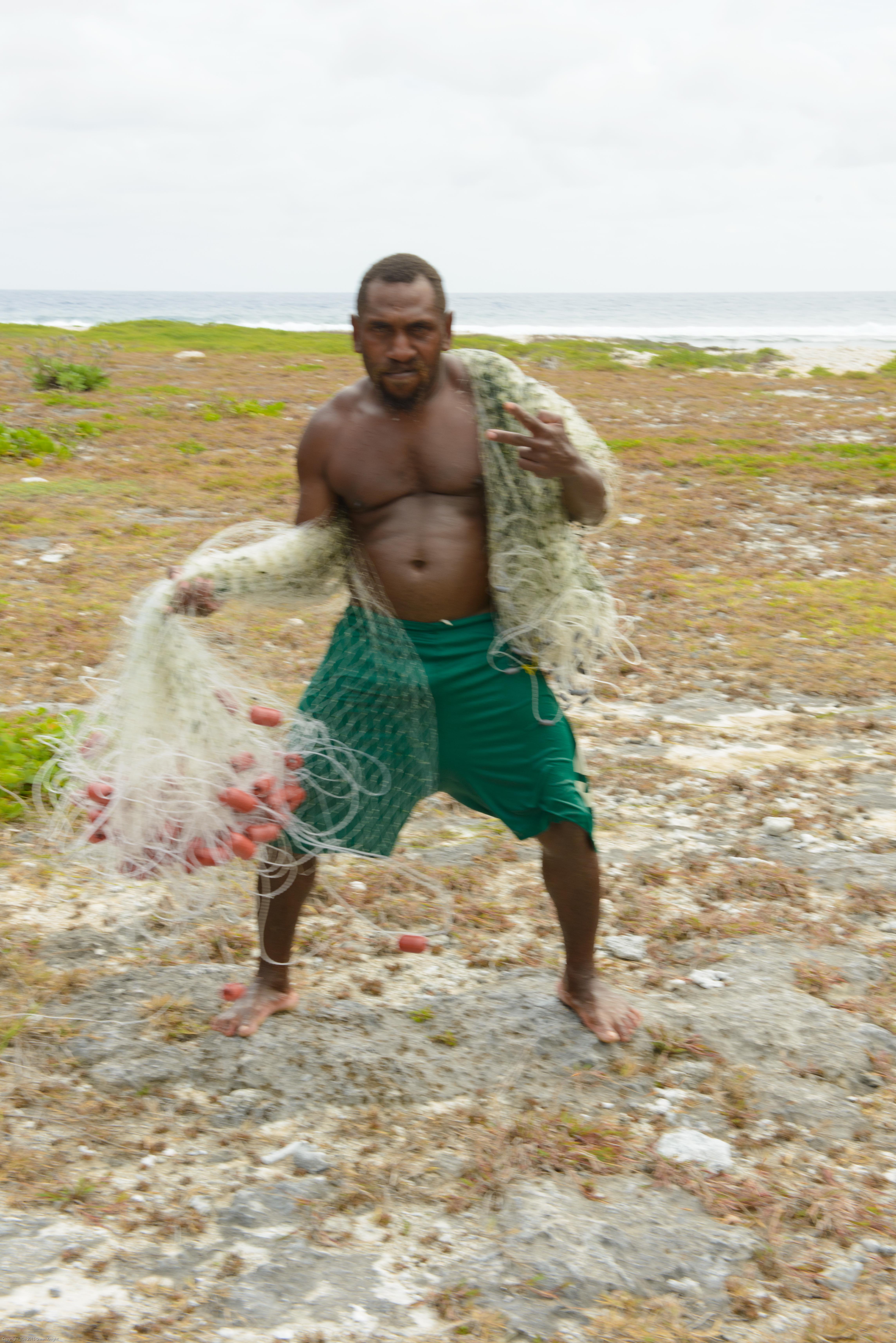Eratap, Vanuatu
I discovered Eratap village, on Efate, Vanuatu from staying at the Eratap resort, which is within a half-hour’s drive from the capital, Port Vila. The resort, I am told, is built on land leased from the local village and as such provides a symbiotic relationship between the business and the community, including employment for villagers and the sourcing of local produce and materials. Local decisions such as this are generally made by the village chief, according to Kastom, the traditional culture that embraces tradition, convention and law.
Vanuatu is a small Commonwealth country of fifty-eight islands with a population of around a quarter of a million people. On Efate, once you leave Port Vila, there are no modern towns, only villages consisting mainly of simple huts and the occasional more substantial school or church building, as will be seen in the following photographs.
While staying at the resort, I took the opportunity to visit the village, a few kilometres away, in the company of two of the staff, both village residents and five other guests. We were driven to the entrance road to the village and taken on foot for an enjoyable and informative two-hour informal tour.
We were led firstly to the beach and past the French-speaking school. Although Vanuatu is a Commonwealth member, it is jointly English and French and governed as a condominium. Schools teach in either English or French, although early-learners may be taught initially in Bislama, the local pidgin language. Eratap has both a French and an English school. It must be a pleasure for the children to be educated in such pleasant beachside surroundings.
Further along the beach we came across a wooden boat being hollowed from a tree trunk.
The process takes about two weeks. The construction of these boats is not an affectation laid on for tourists; they are working boats used for fishing and transport. I like the almost ghostly image of the children running across the beach in the distance.
The finished product looks like this:
On an earlier visit to Vanuatu I travelled in a similar vessel with my partner between two islands separated by a half-kilometre of choppy water. It was a little worrying to be responsible for my partner’s laptops in a boat transporting three people raised only fifteen centimetres above the water.
It being the weekend, these children were enjoying the beach. They were cheerful and willing to answer questions about the community. I felt a little embarrassed that a couple of my companions on the walk just took the children’s photographs without asking permission or engaging in conversation.
We were led further along the beach before taking a ‘short cut’ to the main village, really a rock climb with a couple of steep drops, not made easier by the need to protect my camera.
This hut is typical of the village and seems to have escaped damage in Cyclone Pam, which hit the islands in March 2015, with winds of up to 300 kilometres an hour. Others, in photos below, still bear temporary repairs with plastic sheeting and corrugated steel. There is an interesting array of outside shelving for cooking utensils and a large open oven.
Although the villagers live simply, they do have shared fresh water tanks, although by agreement they only take water on certain days of the week. there are also communal satellite dishes.
Here are another two huts surrounded by their plots on which the owners grow many varieties of fruit and vegetables, as well as the ubiquitous, mildly narcotic kava.
Onwards to the English School, announced by its inspirational sign. Many schools have similar signs and exterior wall murals painted by overseas volunteer workers.
To the side of the school buildings, a notice proclaim in Bislama:
‘Plis kipim aria blo school i stap kwaet i kat year 8 examination!!’
…which means ‘please keep the area belonging to the school (remain) quiet for Year 8 examinations’.
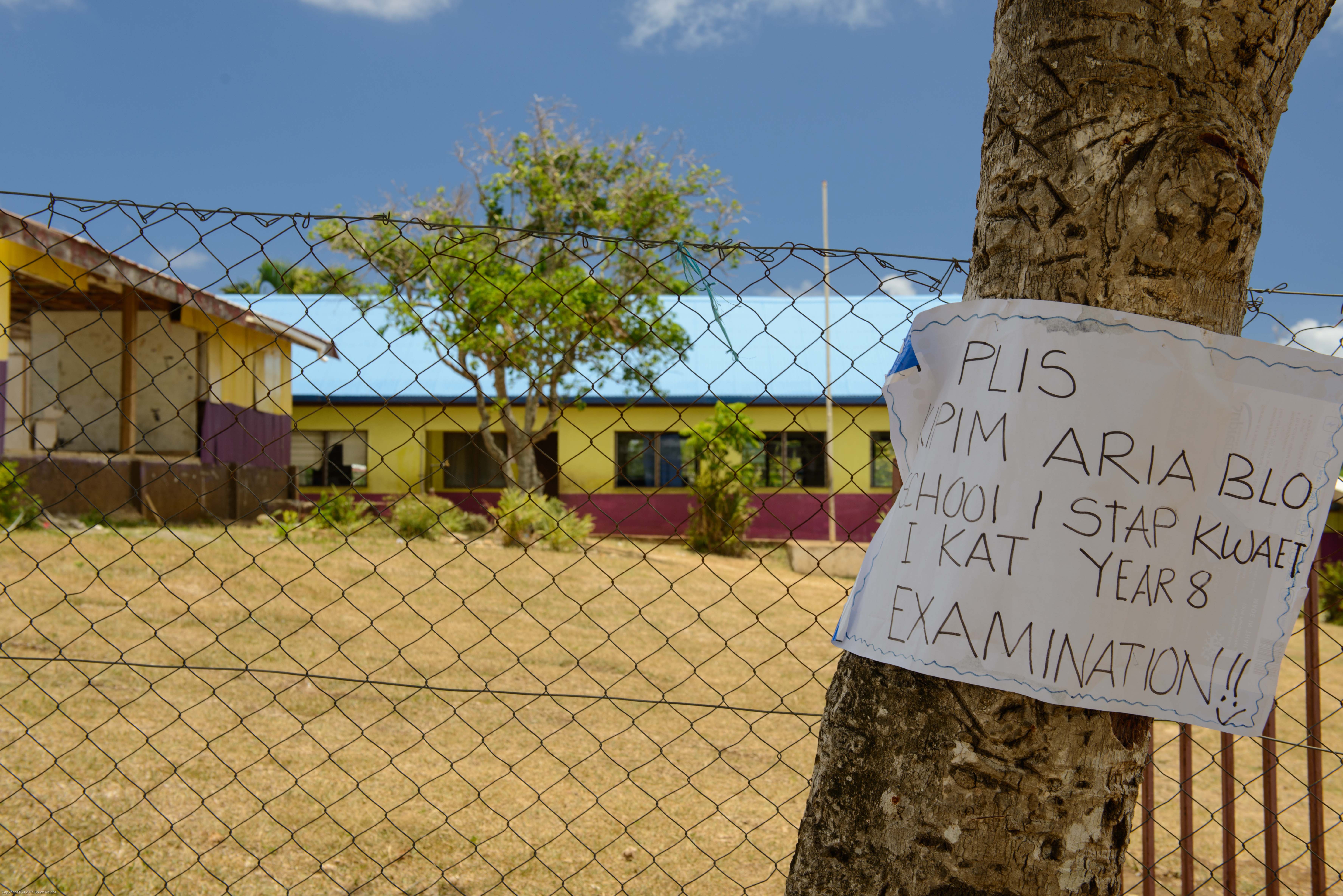
The natural reed roof covering shines silver in the sun, beautifully offset by the flowers.
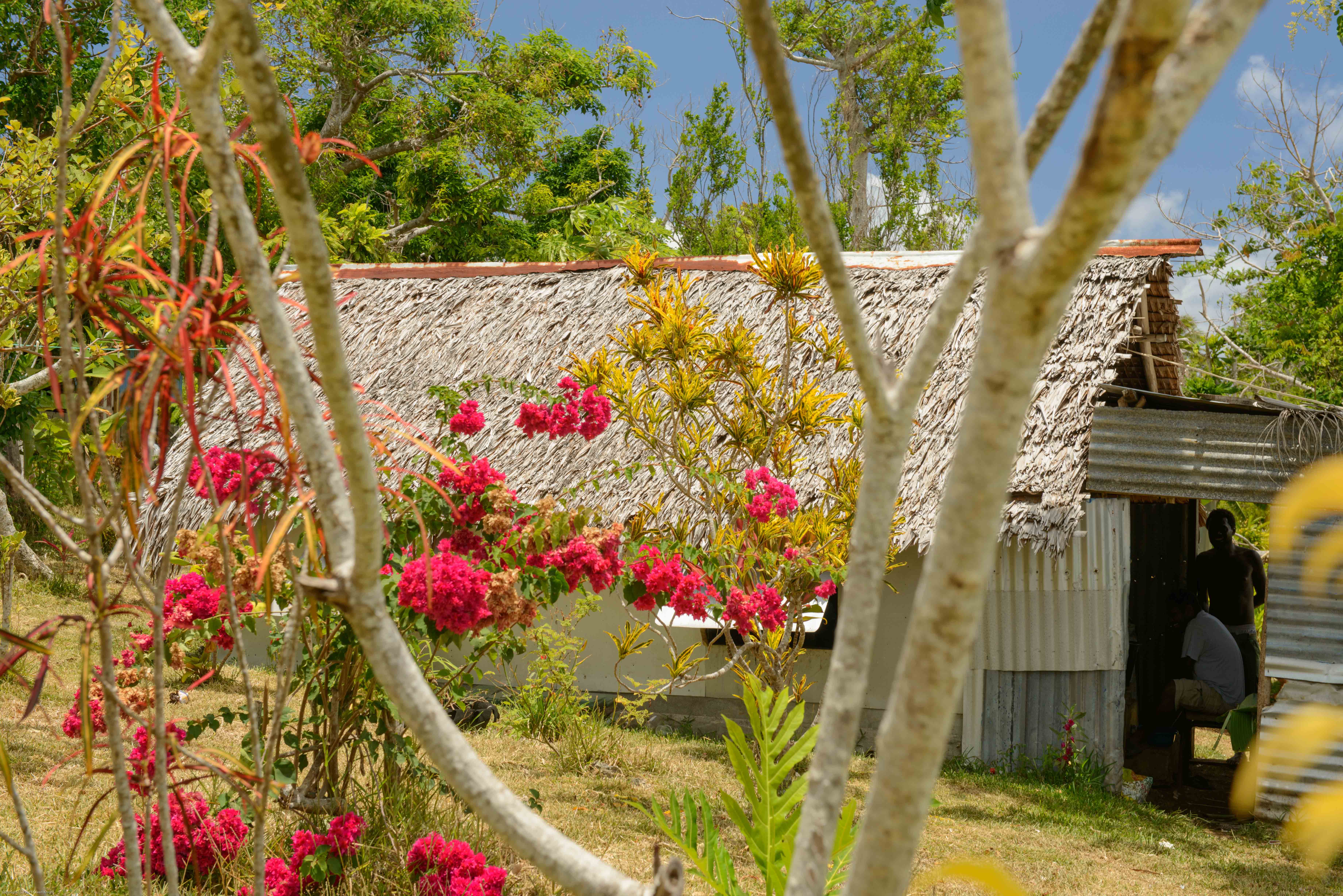
And so to the church, a relatively large and substantial building for the size of the community.
After returning to the Eratap resort, I took a walk along the beach, frequented by families from Port Vila enjoying their weekend, some cooking a meal on a driftwood fire. The people are so friendly here; this family took an interest in where I was from, what I thought of their island, and were pleased to be photographed. The elder girl took a delight in showing me the nineteen small, colourful fish she had caught in the rock pools.
Earlier visitors had left this declaration in the sand, fashioned from dead coral.
I met a lone local fisherman, keen to be photographed posing with his net. Unfortunately, I clicked the camera too quickly in my haste to capture his impressive stance, resulting in an out of focus shot. It nevertheless captures the pride he has in his skills.
Photographs from November 2015
